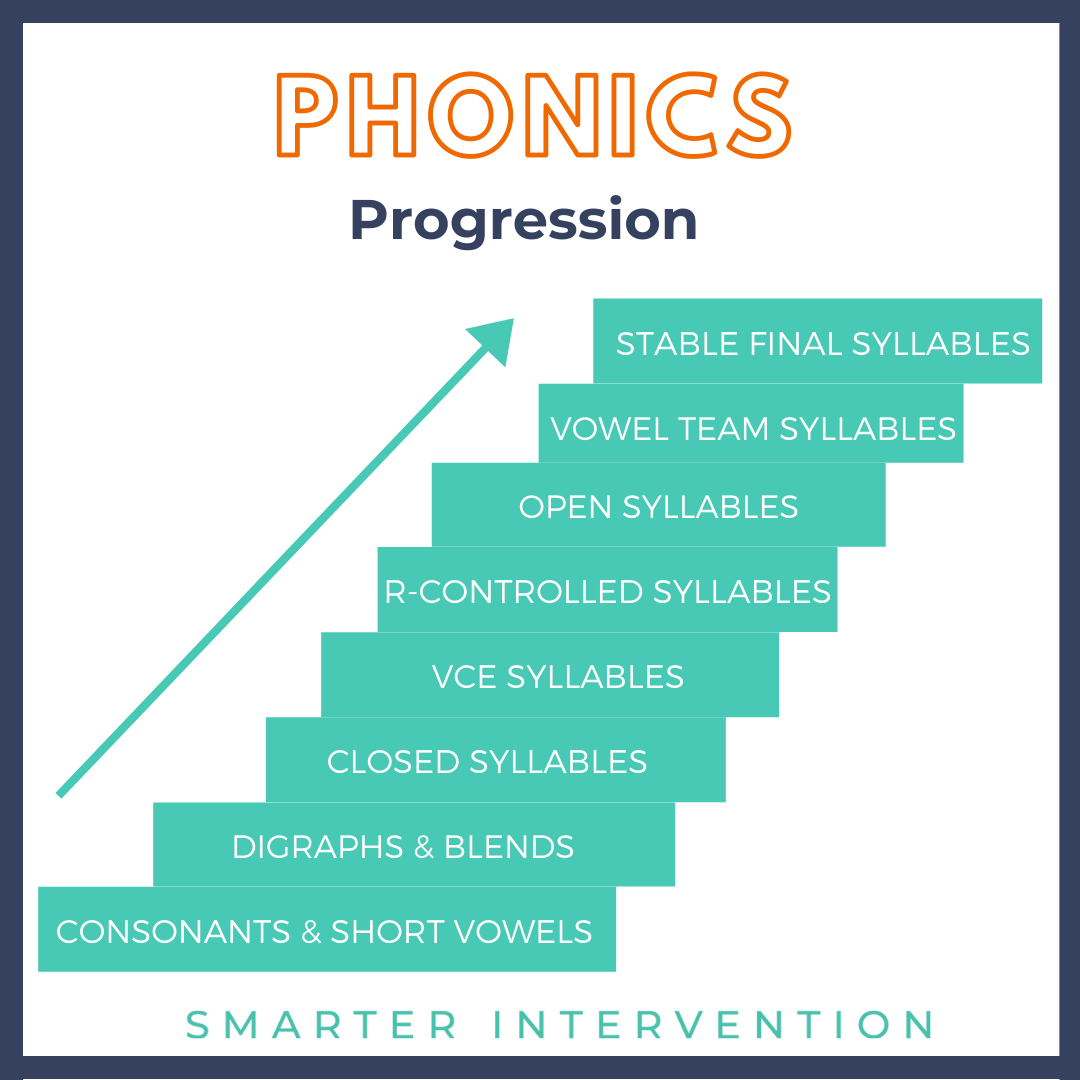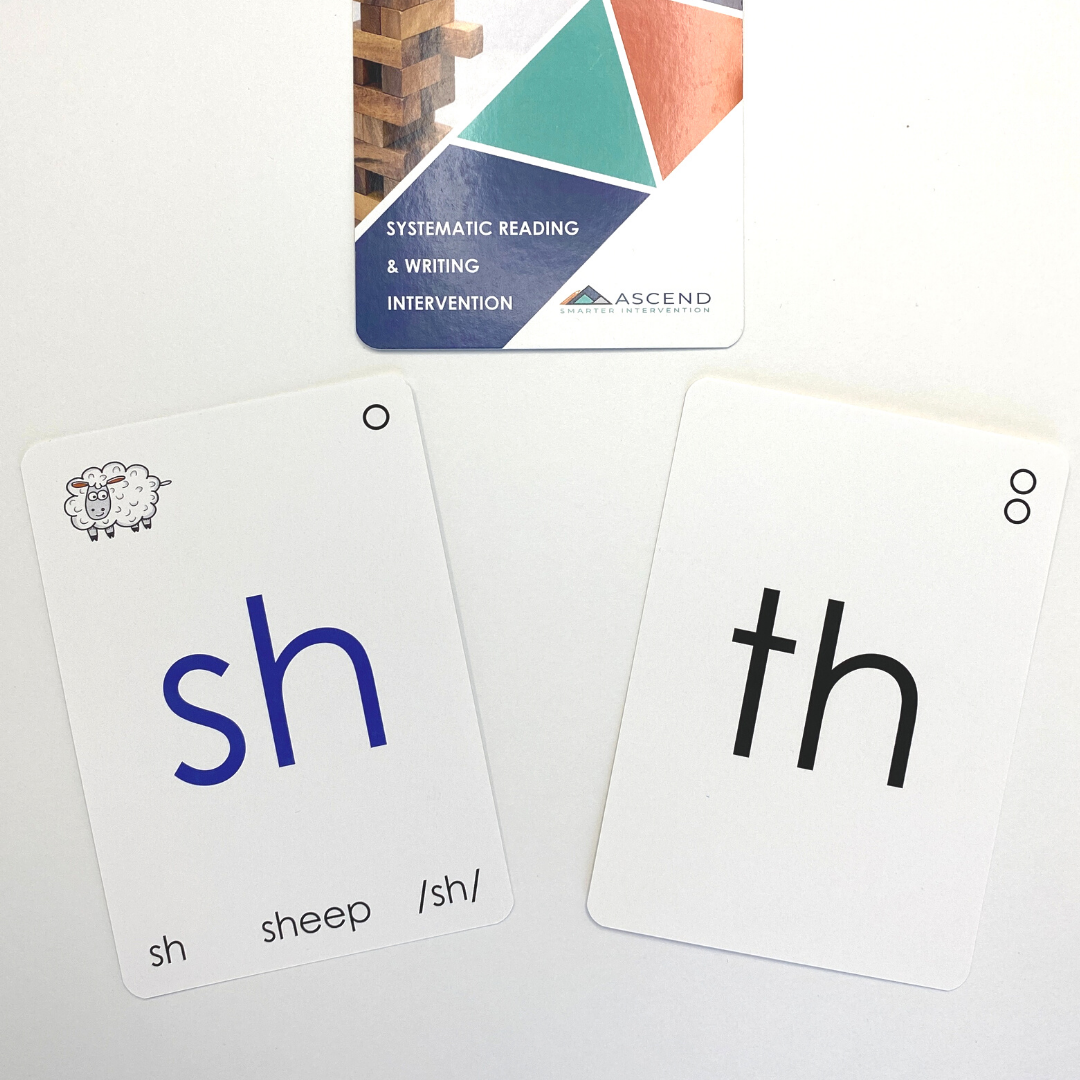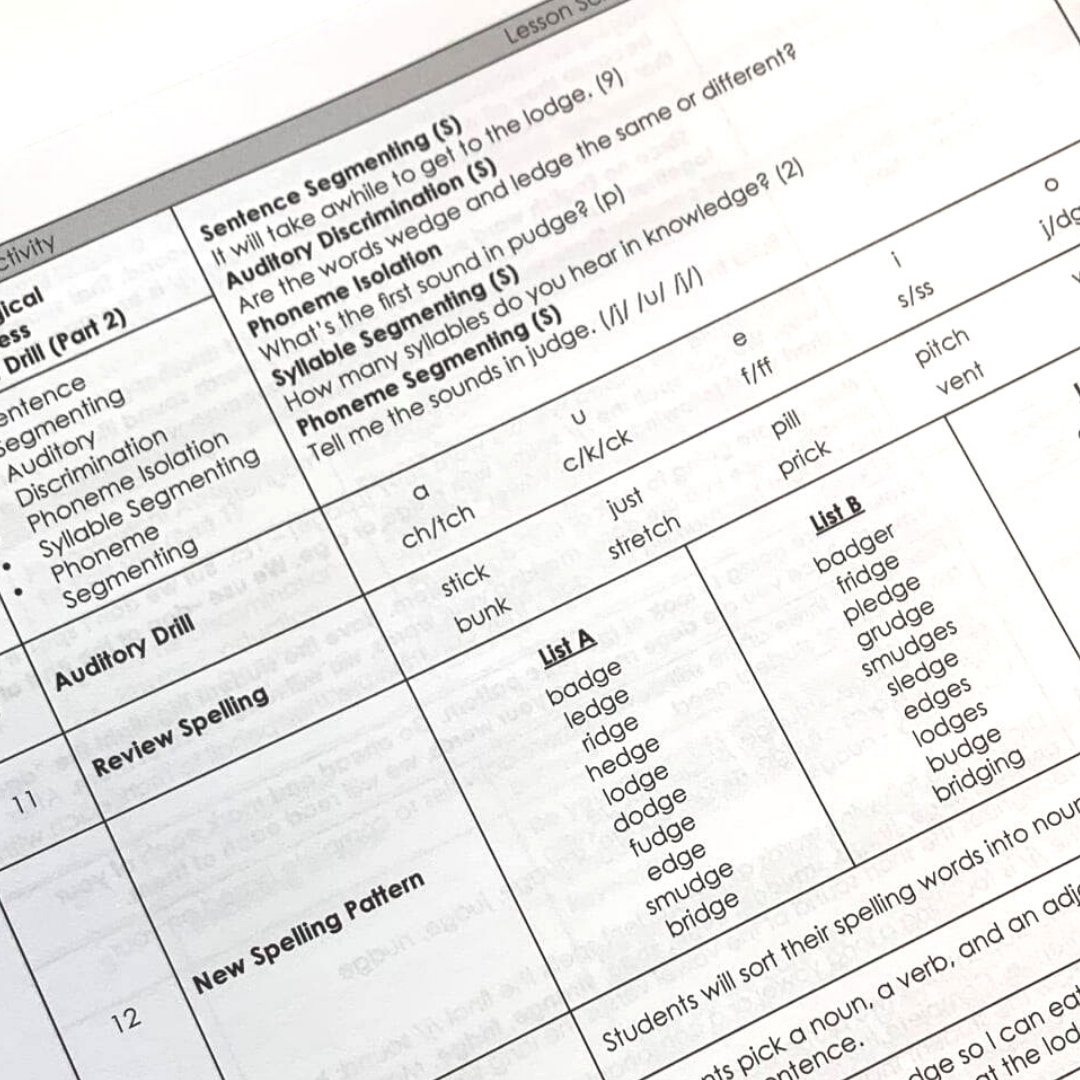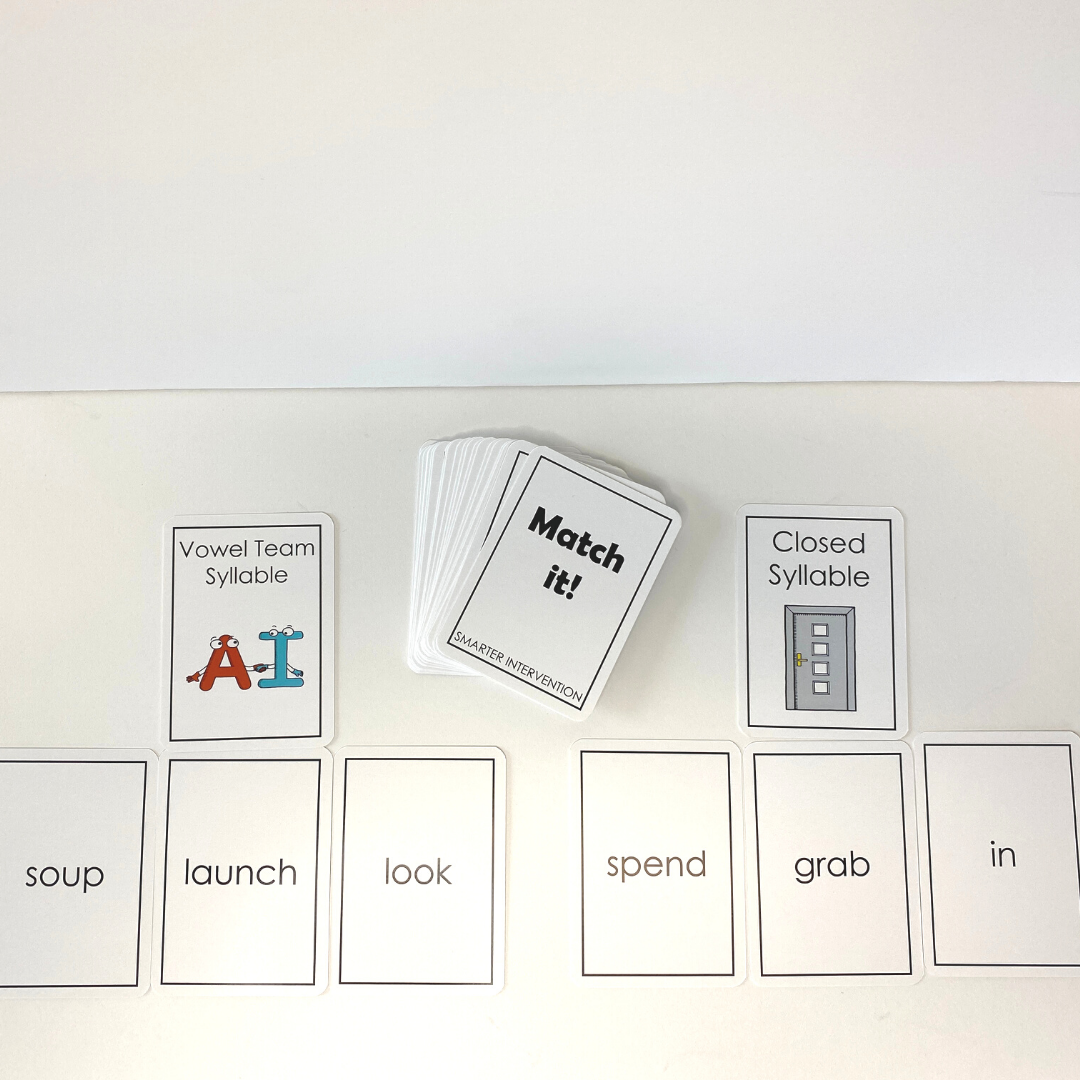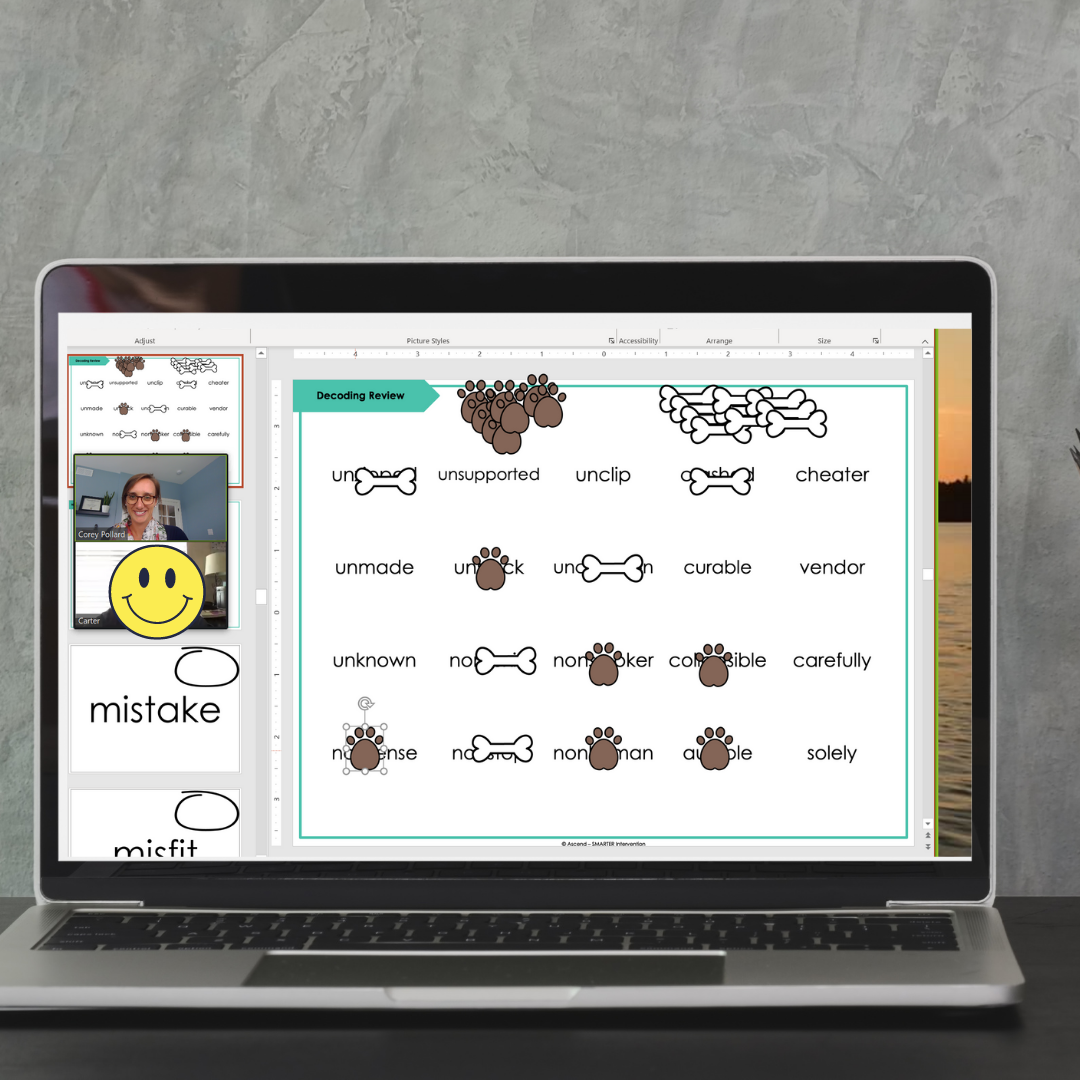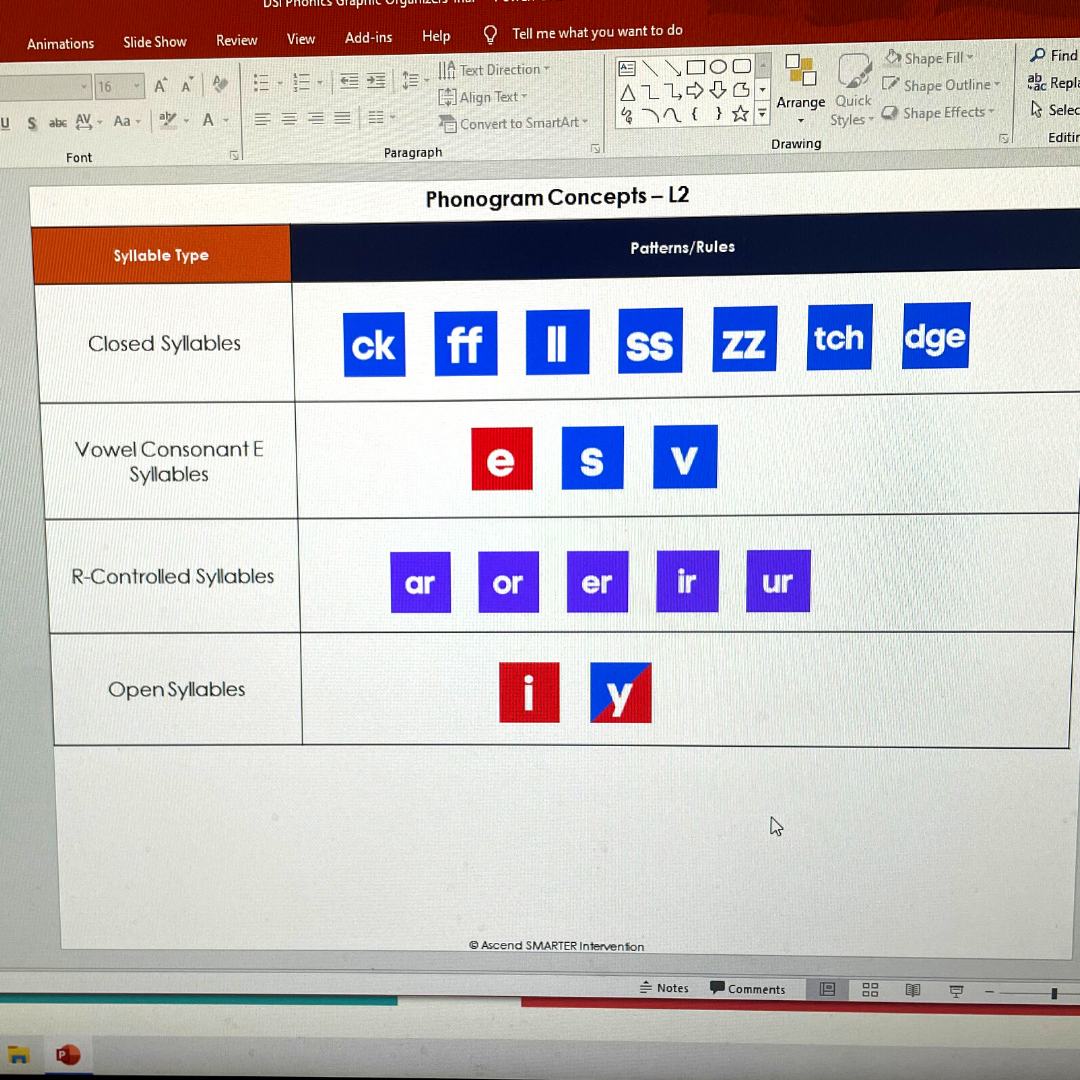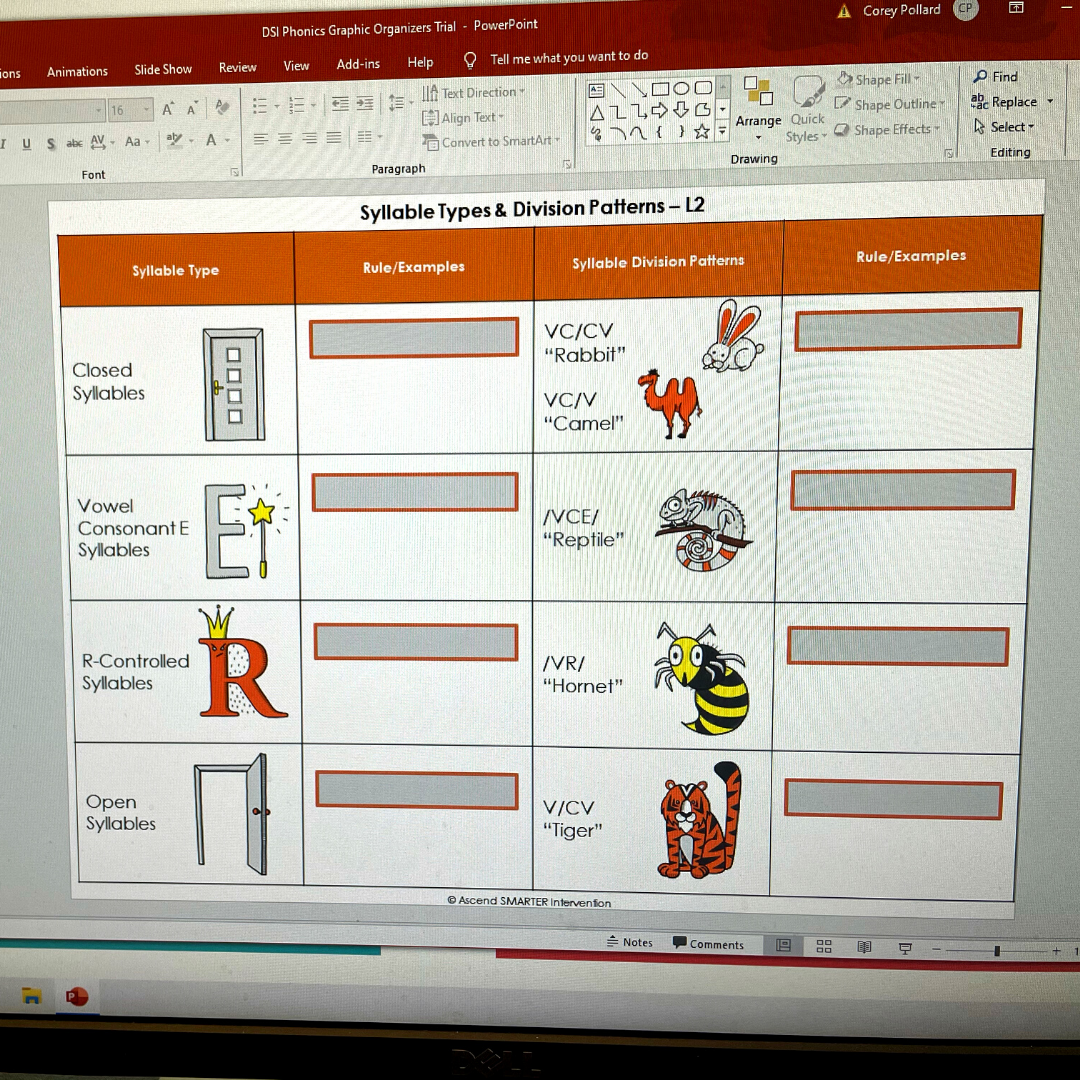What To Do When Your Students Need More Practice: The Importance of Systematic Review
Have you ever looked through your students’ lesson data and thought - “gosh, they just aren’t getting this?”
We’ve all been there. Today - we are going to break down what you can do when students need more practice and the importance of systematically reviewing previously learned concepts.
What is Systematic Review?
A huge part of moving forward in reading intervention is ensuring students have a strong foundation to stand on.
Systematic review means pulling in previously instructed lesson components to be sure that students are retaining and applying the skills they learn each week. It is important that students review things like what syllables are, what the different types of syllables are, as well as previously instructed sounds at the sound, word, and sentence/passage level.
At the level when students are working on morphological concepts, these should also be reviewed in each lesson.
How can I add systematic review easily into my lessons?
There are several opportunities to incorporate systematic review into your lessons! We will incorporate all of the following activities into our lessons (stay tuned for more information about these activities in the coming weeks!) but depending on where students need the most support, we may pull additional games or resources to review skills at any of these levels.
Systematic Review at the Sound Level
To support students’ knowledge at the sound level, we will always run through a sound drill (check out last week’s blog all about the sound drill >>here<<) and an auditory drill. The sound drill is when students are shown a phonogram and asked to produce the sound. The auditory drill is an activity where students are given a sound and asked to produce the letter/letters that make that sound (i.e., if a student hears the sound /k/, they should list the letters that can make that sound). These activities support reciprocal processes needed for reading and writing by building the sound-symbol connection.
It is important to incorporate previously learned letters/patterns in both of these activities to ensure students are retaining knowledge at the sound level. If your students are struggling with specific concepts, this is a great time to individualize the sound or auditory drill to fit their specific needs! Include tricky patterns until students are able to identify the correct letter/sound with automaticity.
If you are looking for sound drill cards, you can grab ours >>here.<<
Systematic Review at the Word Level
In addition to reviewing sounds, we always have word-level reviews built into each of our lessons. Before we introduce a new concept, we will do a decoding review to practice reading words with previously learned concepts. These words can include previously learned phonograms, affixes, syllable types, etc. If students consistently struggle with a specific pattern, we will tailor this drill to them!
Games are a great way to complete the decoding review. Some of our favorites are card games (like the syllable type matching game below) or the “dice game” where students or the student and the instructor roll a die and move that number of words, reading whichever word they land on. The first person to get to the end wins!
Games are a great way to complete the same task a word list would provide but in a more engaging way!
You can grab this syllable-type matching game >>here.<<
By using games, you can practice previously taught skills with students without them even really realizing they are practicing!
To see one of our favorite games in action, check out this video!
We will also complete a review spelling list to make sure that students aren’t just able to decode previously learned patterns, but that they can encode them as well! We complete this just prior to our new pattern spelling list to make it feel cohesive. Typically, we will give a variety of words with previously learned patterns, but if there is a specific pattern that our students are struggling with, we will be sure to include it!
Big Picture Concepts -Systematic Review
In addition to applying their skills at the sound and word levels, it is important that students review big-picture concepts.
Understanding things like what vowels/consonants are, what a digraph is, what a syllable is, and what the different syllable types are will be helpful as students learn each of their rules.
In addition to the sound and word reviews, we will also complete a “syllable type review” each week. In this task, we give students words and ask them to identify the different types of syllables. You can also have students build words within these different syllable types as well.
Strong recognition of the different syllable types and their rules helps students break down longer words.
For example, in a closed syllable word, we always have a short vowel sound because the vowel is trapped at the end by one or more consonants. This is the big picture.
Then, within this syllable type, students know that we use -ck, FLOSS, -tch, and -dge after a short vowel. These phonograms become the “one or more consonants” that students know have to come at the end of a closed syllable.
It is important that students have a system to group these rules together because our working memory can’t hold as much information as would be needed to memorize every phonics pattern and rule on their own.
At the level where students begin working on morphology, understanding what morphology means, what an affix is (including the difference between a prefix and a suffix) as well as terms like “base words” and “roots” will help them break down their words to support both reading and spelling.
How do I know what to review?
This is a great question. When starting out, it is okay to work through a variety of previously learned concepts. Having a clearly outlined scope & sequence will help with this since you will always instruct patterns in the same order.
As you get more comfortable with your intervention and your students, we highly recommend taking data week to week and noting what patterns students are erroring on. This information will inform what patterns you should pull into your review games and activities.
If you are interested in learning even more about the Science of Reading & what actually needs to go into a structured literacy lesson, we’d love to invite you to our FREE training, How to Create Systematic, SOR-Aligned Lesson Plans. This workshop will give you tactical strategies you can implement today, and some of our favorite resources to help you make this year the best (and most effective!) year yet.


